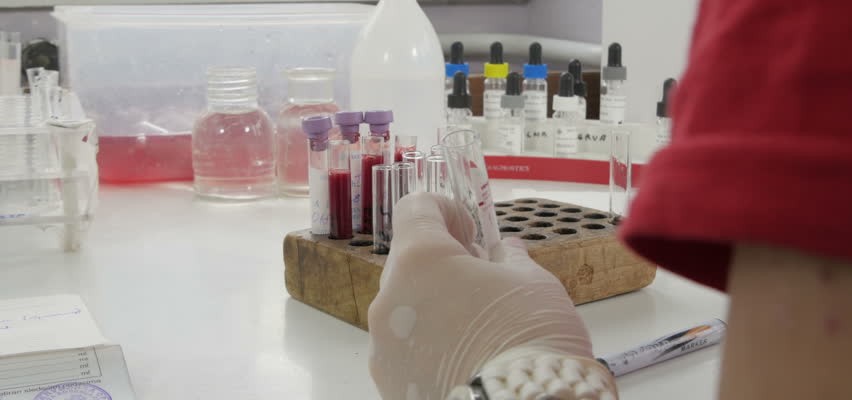Biosafety can be defined as the application of information, techniques, and equipment to prevent potentially infectious and/or hazardous biological materials from harming people and the environment. Biosafety measures delineate the conditions under which biohazardous materials and agents can be safely handled. Biohazardous materials could be microorganisms, toxins, body fluids, controlled substances, allergens, carcinogens, oncogenic matter, and genetic material such as DNA and RNA (including genetically modified DNA).
Over the years, there have been numerous incidents around the world involving biological harmful agents, which have emphasized the importance of management of biosafety in research laboratories, especially those working with biological materials. Biosafety management is an extremely critical function of any research organization, in order to ensure the following:
- Prevention of accidents and laboratory-acquired infections
- Protection of the environment from hazardous biomaterials
- Compliance with federal, state, and other organizational regulations
The Centers for Disease Control (CDC) and the National Institutes of Health (NIH) have put forth four biosafety levels – in increasing order along with the hazardous nature of the biological material being used. Each level indicates an appropriate set of laboratory practices, equipment, and facilities, with level 4 being the most hazardous, and therefore the most stringent one.
Biosafety Level 1:
This is the lowest risk level wherein basic microbiological practices suffice to ensure protection against harmful microorganisms.
Biosafety Level 2:
At this level, other than basic handwashing stations, other safety arrangements such as eyewash stations, secondary barriers such as splash shields, gowns, gloves, etc. are mandatory. There is the danger of contamination and infection by accidental percutaneous exposure with needles or sharps.
Biosafety Level 3:
The main dangers in this category are infectious organisms such as the tuberculosis bacillus, encephalitis virus, etc. which could be ingested, inhaled via aerosols, or inoculated by accident. Multiple primary and secondary barriers are built in at this level to prevent grave and toxic respiratory infections.
Biosafety Level 4:
The highest level of containment, this level usually involves a separate, isolated facility with very restricted access to trained and qualified personnel only. Specialized ventilation requirements and waste management systems are part of this level for effective and safe release of hazardous agents into the environment.
In order to manage the challenges of biosafety in research laboratories, regulatory authorities, such as the Institutional Biosafety Committee, are responsible for creating and enforcing guidelines and policies that ensure the safety and security of the research personnel of an organization. The IBC thoroughly vets and checks the compliance records of an organization or laboratory before it grants its approval to perform experiments with biohazardous agents.
To get approval of the IBC, various compliance records have to be furnished, applications have to be made and followed up, and so on. Once all the documentation is in place, the committee may recommend allowing work with biohazardous agents in the institution.
The documentation for obtaining IBC approval, like for any other approval process, can be tedious, time-consuming, and can take the focus of the researcher off the subject of research. Hence it is highly useful for a research lab to have a software system, such as that provided by Key Solutions, that automates the entire process of application for approval.
The Biosafety compliance module of Key Solutions enables a smooth passage from submission of application, through obtaining the approval, followed by tracking the progress of the project. Its online Integrated Research Compliance and Administration System allow the researcher to perform all tasks related to Biosafety compliance in a cohesive and error-free manner.

